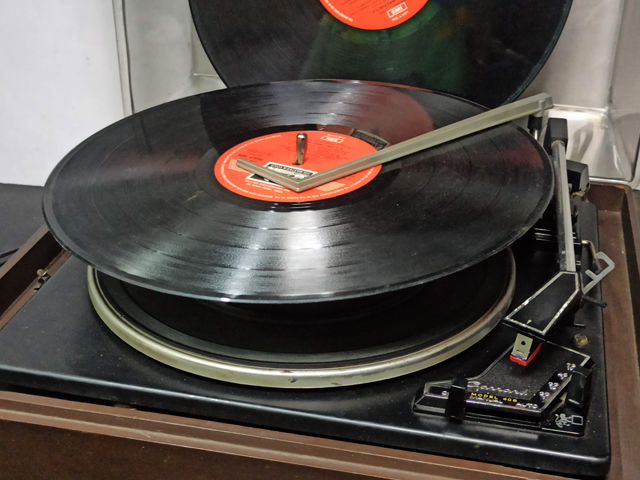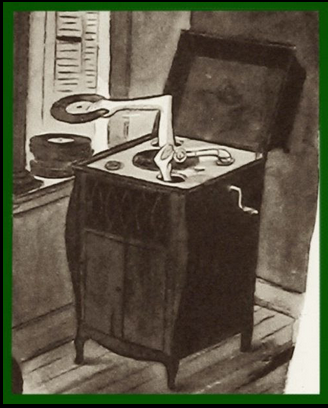When I was small, my parents told me that the first word I ever said was “automatic.”
This seems unlikely on its face. No “ma-ma” or “da-da”? Or “dis” or “no”? It is true, though, that things that operated on their own were fascinating to me. The pinnacle of commonplace household automation in those days was the LP record changer.

If you’ve never seen one in action, they’re remarkable. You put a stack of 4-5 vinyl LP’s (long-playing records) on a spindle that had a catch to keep them suspended above a turntable. Start it up, and it would go through a sequence where the tonearm would lift and move against the stack of records to sense their size and presence. Then one record would drop onto the turntable and the tonearm would move down and land gently on the first track. The side of the record would play, and when it got to the end the tonearm would lift and the process would repeat until there were no more records left in the stack, and then the machine would turn itself off.
This magic was accomplished with no microprocessors, in fact, no electronics whatsoever. They just used an assortment of belts and gears that were simple enough that the devices could be mass-produced. It seemed as though every 1960’s living room had one. They were sturdy and reasonably reliable.
When I was, I don’t know, about ten years old, I found a broken changer in somebody’s rubble pile. I took it apart and figured out how it did its magic, then designed and built my own. It seemed unreal that I had created a machine that could sense its environment and do useful work while responding to changing conditions.
Later I caught the audiophile disease and would never suffer my precious vinyl to be kicked around by a crude record changer, but I never lost my fascination with automated machinery.
—2p
